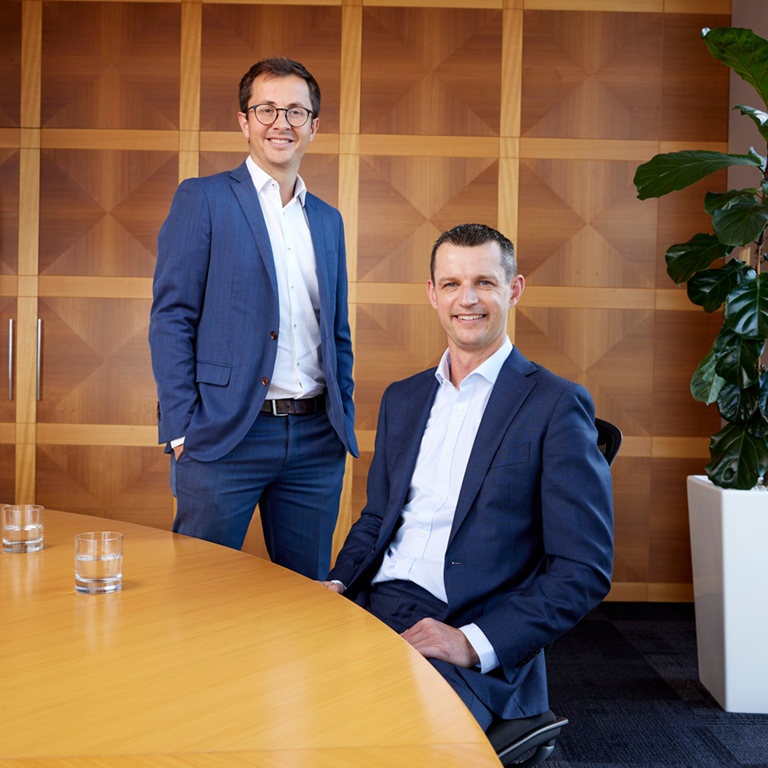This article was previously published in Company Director, the magazine of the Australian Institute of Company Directors.
Companies need to start planning their pathway to net zero emissions now because an over-reliance on carbon offsets is expensive and uncertain, advises climate change consultancy Energetics.
Andrew Tipping, general manager of Energetics, explains. “There’s always a cost associated with carbon offsets and there’s quite a risk in the longer term around the volume of offsets available and what that price might look like,” he says. “The more you can manage yourself, the better.”
Carbon intensity
This is not to say that carbon credits don’t play any role in an organisation’s net-zero strategy. They should look to reduce the carbon intensity of their activities and then use carbon offsets to top up any shortfall in achieving net zero, says Energetics principal consultant Mark Asbjerg.
“A plan is essential to reduce carbon intensity. Renewable energy generation and procurement as part of the solution certainly feature, electrification of fossil fuel-consuming equipment is possible and efficiency opportunities remain.”
Asbjerg stresses that targets should not be set without an appreciation of the impact of organisational growth, capital restrictions, or the costs of meeting the specified target.
“Organisations need to ask, ‘what combination of portfolio transformation, technologies and contracting mechanisms provide the pathway to create and capture the most value in the pursuit of net zero?’”
Tipping adds, “Engagement across the business is a must. Information symmetry needs to be established between sustainability, communications, finance, procurement, operations and the executive for the successful implementation of a net-zero strategy.”
Failing to engage any of these stakeholders introduces the risk of misaligned expectations leading to decisions that do not support the delivery of the strategy. “This failure may not prevent an organisation from achieving its emissions reduction target, but is likely to result in additional costs to meet a target,” says Tipping.
Energetics also stresses the importance of disclosing clear long-term strategies for emissions reductions in step with the guidance of the Taskforce on Climate-related Financial Disclosures: a framework rapidly being adopted globally.
Mapping a path
Energetics’ net-zero consultancy services help organisations map a pathway to net-zero emissions and work towards interim targets, which are much more tangible than a 2050 target.
The firm starts with a scenario-planning exercise in which it considers what the future of the business looks like, covering growth forecasts, acquisitions, investments and long-term capital allocation. It maps a range of different scenarios and then different decarbonisation projects the business could implement — including timing, cost and risk — and builds a decarbonisation plan.
Energetics also considers how a business will perform as the broader economy decarbonises. “You’re looking to really stress-test your whole business model — products, services, investments, assets, supply chains — and how that all fits together in a decarbonised global economy,” says Asbjerg.




